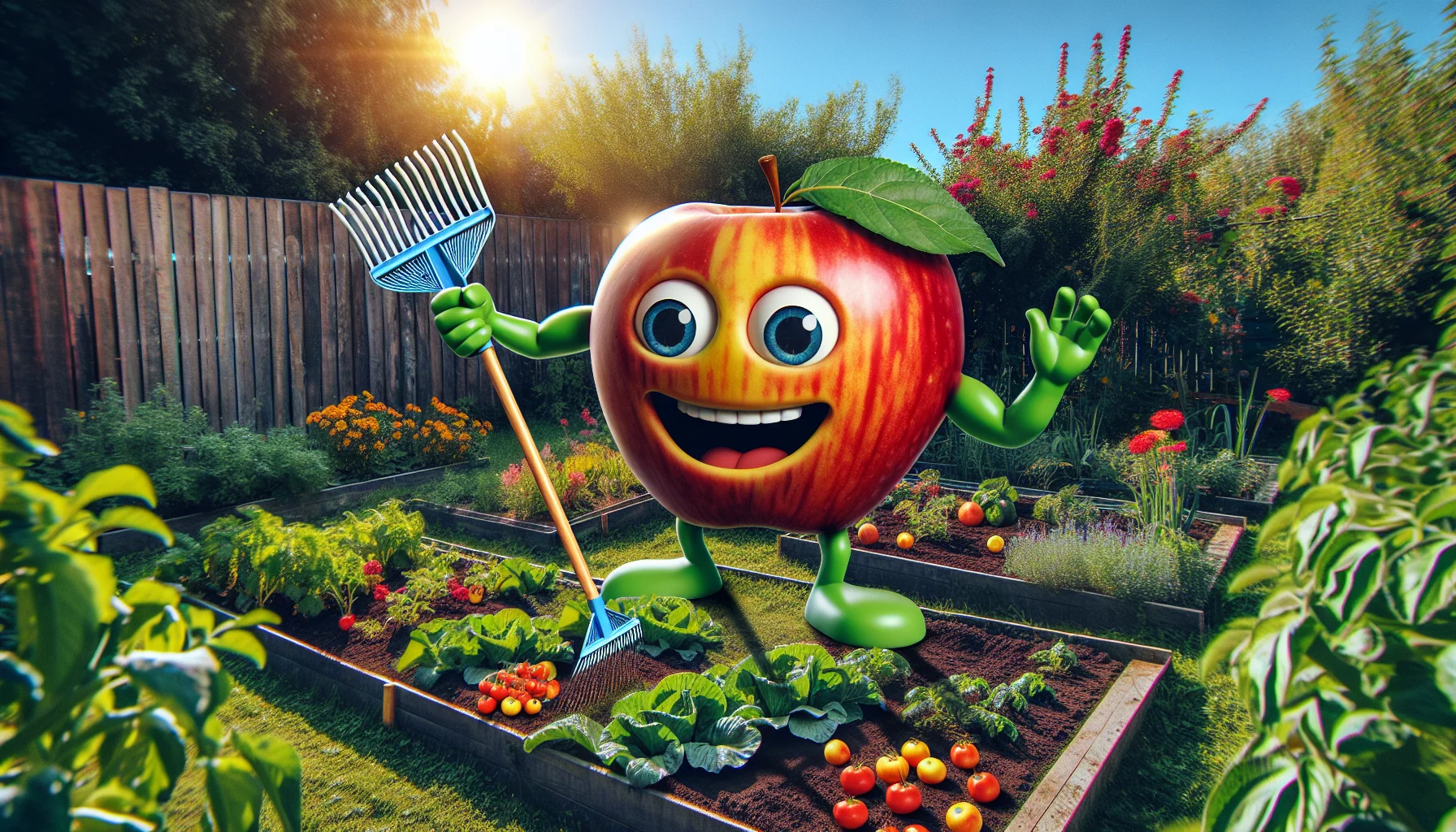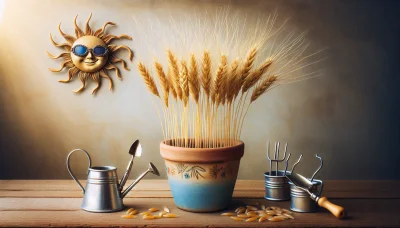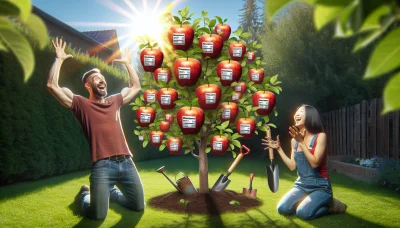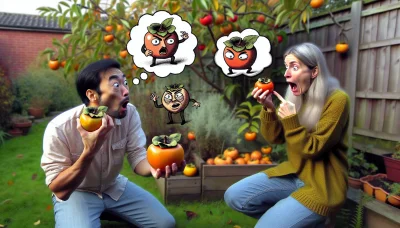Apple fruit emoji Quiz
Test Your Knowledge
Question of
The Apple Fruit Emoji: A Symbol of Gardening Joy
The apple fruit emoji has transcended its role as a mere digital icon to become a symbol of gardening joy and enthusiasm. In the context of gardening, it represents the fruits of labor and the joy of harvesting, embodying the satisfaction and pride gardeners feel when their efforts yield fruitful results. Its widespread popularity in digital communication further underscores its significance, allowing people to express their love for gardening and the natural world in a simple, yet profound, way. The apple emoji is not just a representation of a fruit; it is a celebration of growth, nature, and the connection between humans and their environment.
Origins and Meaning of the Apple Fruit Emoji
The apple fruit emoji, a vibrant representation of one of the most universally recognized fruits, carries a rich history and a layered meaning beyond its simple depiction. Initially introduced as part of the emoji lexicon to add more nature and food items for users to express themselves, the apple emoji quickly transcended its basic purpose. Originating from Japanese mobile phone culture in the late 1990s, the emoji was designed to convey the fruit itself, associated with health, education, and temptation, drawing from its various cultural significances around the world. Over time, it has evolved into a symbol for gardeners and fruit enthusiasts on digital platforms. These communities use the apple emoji to share their passion for horticulture, celebrate the harvest of apples, and discuss different varieties. Its use extends to signify growth, nature, and a connection to the earth, making it a small but powerful icon for those who find joy and meaning in gardening and the fruits of their labor.
How to Grow Your Own Apple Tree
- Choose the Right Variety: Research and select an apple tree variety suitable for your climate. Opt for disease-resistant varieties for a more organic approach.
- Find the Perfect Spot: Apple trees need full sun, at least 6 hours of direct sunlight a day, and well-draining soil. Test your soil's pH; it should be around 6.0 to 7.0.
- Planting Time: Plant your apple tree in late winter or early spring before it begins to sprout new leaves.
- Prepare the Soil: Enrich the planting site with compost and well-rotted manure to improve soil fertility and structure organically.
- Planting the Tree: Dig a hole twice as wide and as deep as the root ball. Place the tree in the hole, spreading the roots out. Fill the hole with soil and water thoroughly.
- Watering: Water your apple tree regularly, especially during the first few years and in dry periods. Mulch around the base to retain moisture and suppress weeds organically.
- Pruning: Prune your apple tree during winter to encourage healthy growth and fruit production. Remove any dead or diseased branches and thin out crowded areas.
- Organic Pest and Disease Control: Monitor for pests and diseases. Use organic methods like neem oil, insecticidal soaps, and encourage beneficial insects for control.
- Fertilizing: Apply an organic fertilizer or more compost around the base of the tree in early spring to promote growth.
- Thinning Fruit: If your tree produces too many fruits, thin them early in the season. This ensures the remaining fruits grow larger and prevents branch damage.
- Harvesting: Wait until the apples are fully ripe. Taste test for sweetness and check the seed color (brown indicates ripeness) before harvesting.
Pest Control in Apple Gardening
Apple trees, while a fruitful addition to any garden, can fall prey to a variety of pests that threaten their health and productivity. Common culprits include codling moths, apple scab, aphids, and apple maggots. These pests can cause significant damage, leading to poor yields and compromised fruit quality. However, there are natural methods to combat these threats and ensure the healthy growth of your apple trees. Introducing beneficial insects like ladybugs can help manage aphid populations, while regular pruning removes diseased branches and improves air circulation, reducing the risk of apple scab. Implementing traps and barriers can effectively control codling moths and apple maggots. Additionally, maintaining a clean garden by removing fallen fruits and leaves can minimize the habitat for these pests. Through these natural strategies, gardeners can protect their apple trees and enjoy bountiful harvests without relying on chemical interventions.
Harvesting and Storing Your Apples
Harvesting apples at the right time is crucial for ensuring their quality and longevity. The best practice is to pick apples when they are fully mature but not overly ripe. A good indicator of maturity is when the apples have reached their expected size and color, and the seeds inside are dark brown. Additionally, the apple should come off the branch easily with a gentle upward twist. Avoid pulling directly on the apple, as this can damage the fruit and the tree.
Once harvested, storing your apples correctly is key to maximizing their freshness. Apples keep best in a cool, humid environment, ideally around 32°F (0°C) with 90% humidity. If you don't have access to a specialized storage facility, a refrigerator or a cool basement can work as well. Store apples in a plastic bag with holes to allow air circulation and prevent them from drying out. Remember to keep apples separate from other fruits and vegetables, as they release ethylene gas, which can accelerate ripening and spoilage of sensitive produce. Regularly check stored apples and remove any that show signs of decay to prevent the spread of rot. Following these guidelines will help ensure that you enjoy your apple harvest for as long as possible.
Fun Apple Recipes for Gardeners
After spending time nurturing your apple trees, it's time to enjoy the fruits of your labor! Here are some simple and delicious recipes that will make your harvest even more rewarding:
- Classic Apple Pie - A timeless dessert that brings comfort and joy to any table.
- Apple Crisp - Easy to prepare, this warm and cozy treat is perfect with a scoop of vanilla ice cream.
- Apple Sauce - Homemade apple sauce is both healthy and a delightfully sweet snack or side dish.
- Cinnamon Apple Chips - Baked to perfection, these chips are a crunchy and healthy alternative to satisfy your snack cravings.
- Apple Butter - Spread it on toast or use it in recipes, apple butter is a versatile and delicious way to use up your apples.
- Apple Cheddar Grilled Cheese - Elevate your grilled cheese with thin slices of apple for a sweet and savory lunch.
- Apple and Walnut Salad - A refreshing and crunchy salad that's perfect for a light meal or side dish.
- Apple Cider - Brew your own apple cider to warm up chilly evenings, spicing it up as you like.
These recipes are just the beginning. Experimenting in the kitchen can lead to all sorts of delicious discoveries. Enjoy your harvest!
Connecting with Other Gardeners Through Emojis
Emojis have become a universal language, transcending borders and languages, and they offer a unique way for gardeners to connect and share their experiences. By using emojis, such as the apple fruit emoji, gardeners can quickly convey their successes, challenges, and tips with a global community. This not only fosters a sense of connection but also builds a vibrant, supportive community. Whether celebrating a bountiful harvest or seeking advice on pest control, emojis serve as a fun and efficient tool to communicate and bond with fellow gardening enthusiasts around the world.












